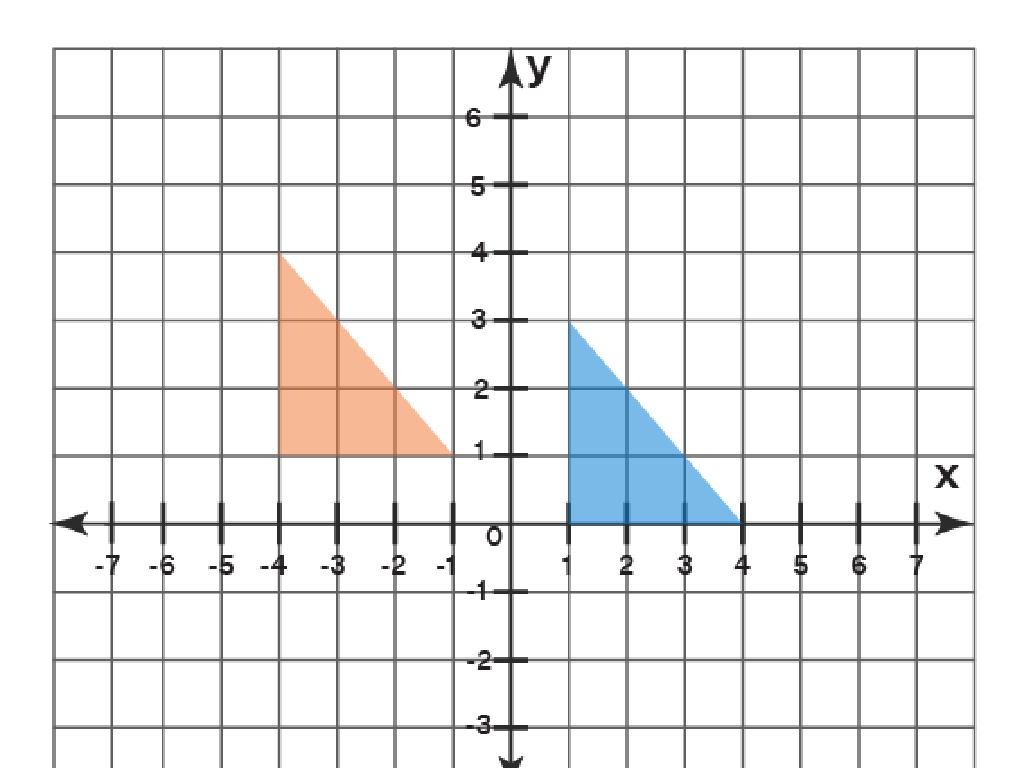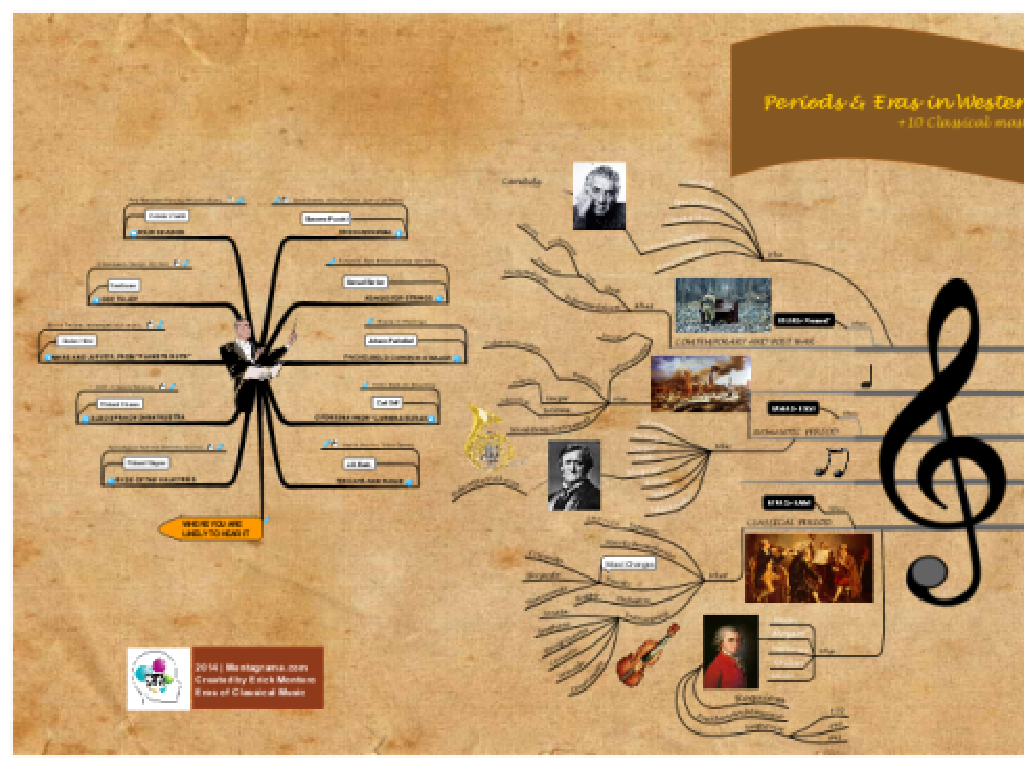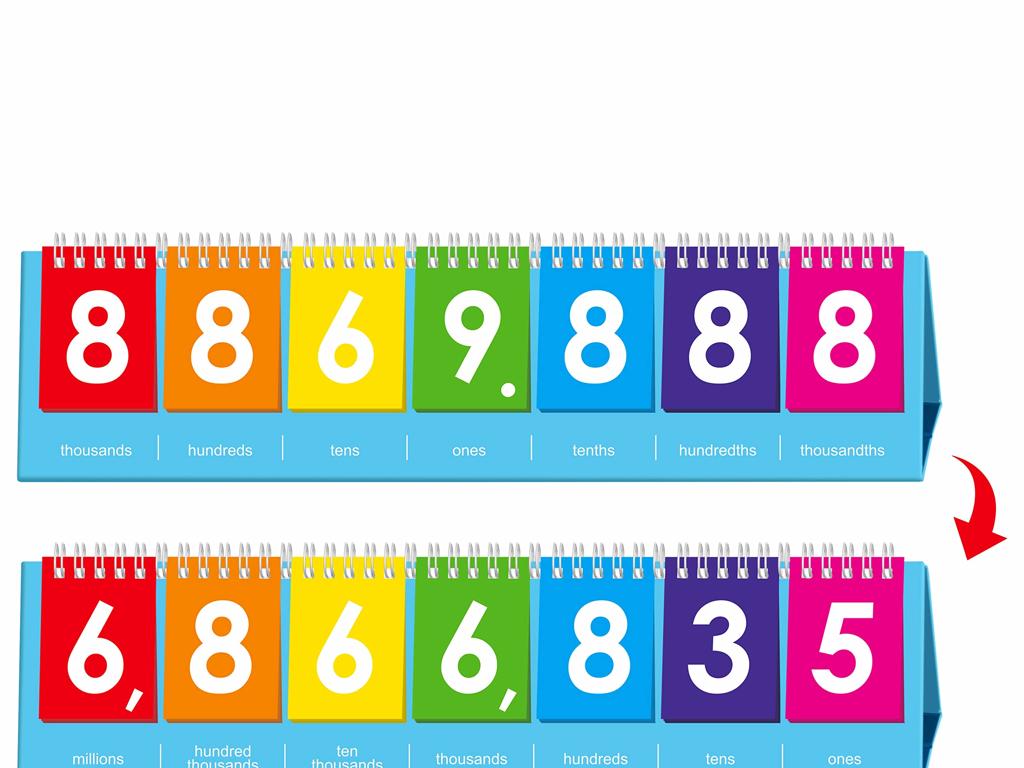World War I: The Road To Peace
Subject: Social studies
Grade: Fifth grade
Topic: 20Th Century American History
Please LOG IN to download the presentation. Access is available to registered users only.
View More Content
Introduction to World War I: The Great War
– What was World War I?
– A global war that started in 1914 and ended in 1918.
– Impact on the 20th century
– WWI led to significant changes in nations and international relations.
– Key events from 1914 to 1918
– From the assassination of Archduke Franz Ferdinand to the Treaty of Versailles.
– Road to peace after the war
– The war concluded with efforts to ensure lasting peace, leading to the League of Nations.
|
This slide introduces students to World War I, also known as the Great War. It was a major conflict that involved many countries around the world and had a profound impact on the 20th century, shaping international relations and leading to significant geopolitical changes. The timeline of the war includes critical events such as the assassination that triggered the war, major battles, and the eventual peace process. The conclusion of the war saw the creation of the League of Nations, an international organization aimed at preventing future conflicts. Encourage students to think about how a single event can lead to a chain reaction of events on a global scale. Discuss the importance of peace and the efforts made to achieve it after such a devastating conflict.
Causes of World War I: The Path to Global Conflict
– Understanding MAIN causes
– Militarism, Alliances, Imperialism, Nationalism set the stage for conflict
– The spark: A tragic assassination
– Archduke Franz Ferdinand’s death started the war
– Alliances turn a spark into a blaze
– Countries’ promises to defend each other escalated the conflict
– The world entangled in war
|
This slide aims to explain the complex causes that led to World War I, making it relatable to fifth graders by simplifying the concepts. The MAIN acronym helps students remember the key factors: Militarism (building up armed forces), Alliances (countries promising to protect each other), Imperialism (nations taking over other areas), and Nationalism (pride in one s country). The assassination of Archduke Franz Ferdinand is presented as the immediate cause that triggered the war. Emphasize how the system of alliances turned a small conflict into a world war, as countries were pulled in due to their commitments to defend one another. Use examples like a disagreement in the playground escalating when friends take sides to help students understand the concept of alliances.
America Joins World War I: The Road to Peace
– Reasons for America’s entry into WWI
– America joined to support democracy and its allies.
– Zimmerman Telegram’s influence
– A secret message from Germany to Mexico that promised US land to Mexico if they allied.
– Economic interests at stake
– US businesses had loans and trade with the Allies, which were threatened by the war.
– The sinking of the Lusitania
– A passenger ship sunk by Germany, killing Americans, which outraged the US public.
|
This slide aims to explain the complex reasons behind America’s decision to enter World War I. Highlight the Zimmerman Telegram as a significant factor that shifted public opinion towards joining the war. Discuss the economic ties with the Allies, such as loans and trade, which were jeopardized by the war and influenced America’s involvement. The sinking of the Lusitania is another critical event that swayed public sentiment due to the loss of American lives. Encourage students to think about how communication, economic interests, and public opinion can impact a country’s decision to go to war. Use this discussion to lead into how these factors contributed to the eventual road to peace.
Life During World War I
– Soldiers’ life in trenches
– Trenches were long, narrow ditches where soldiers lived, fought, and often stayed for months.
– Families’ war effort contributions
– Families grew victory gardens, rationed supplies, and bought war bonds to support the war.
– Women and children in wartime
– Women took on jobs vacated by men and children helped by collecting scrap materials.
|
This slide aims to give students a glimpse into the harsh realities of life during World War I. Discuss the difficult conditions soldiers faced in the trenches, including the dangers and the day-to-day challenges. Highlight how families back home were not just waiting but actively contributing to the war effort through various means. Emphasize the changing roles of women who entered the workforce in new capacities and children who also contributed to the war effort. This discussion can lead to a deeper understanding of the collective sacrifices made during wartime and the social changes that resulted from it. Encourage students to think about how everyone, not just soldiers, played a part in the war.
The End of World War I: Road to Peace
– How the war concluded
– Armistice of 1918 significance
– A ceasefire agreement that ended the fighting
– Human impact of the war
– Millions of soldiers and civilians died, families affected
– Economic consequences
– Huge costs, countries in debt, rebuilding needed
|
This slide aims to explain the conclusion of World War I and its aftermath. Discuss the events leading to the end of the war, emphasizing the Armistice of 1918, which was a ceasefire agreement that halted the fighting. Highlight the significance of the Armistice as the beginning of peace negotiations. Address the human toll, including the loss of life and the impact on survivors and families. Also, discuss the economic toll, such as the cost of the war, the debt incurred by nations, and the economic challenges of rebuilding. Use this opportunity to instill a sense of the war’s gravity and its far-reaching effects on the world. Encourage empathy by asking students to consider how they would feel if their community was affected by such a significant event.
The Treaty of Versailles: Road to Peace?
– Terms of the Treaty of Versailles
– Limited Germany’s military, returned territories, and demanded reparations
– Treaty’s aim to prevent wars
– Created the League of Nations to resolve conflicts
– Impact on Germany and Europe
– Left Germany with economic hardship and territorial losses
– Was peace achieved?
|
The Treaty of Versailles was a crucial document that ended World War I. It imposed strict conditions on Germany, including limiting its military forces, returning territories to other countries, and paying reparations for war damages. The treaty aimed to prevent future conflicts by establishing the League of Nations, an international organization meant to resolve disputes peacefully. However, the harsh penalties led to economic difficulties and resentment in Germany, contributing to the rise of extremism and setting the stage for World War II. Discuss with students whether the treaty was successful in achieving lasting peace and how its consequences affected Europe’s political landscape.
The Road to Peace After World War I
– Formation of the League of Nations
– A group formed to prevent future wars
– Post-war peace efforts
– Countries worked together to rebuild and reconcile
– Peacekeeping challenges
– Disagreements and economic troubles tested peace
– Impact on future diplomacy
– Lessons learned shaped how countries handle conflict today
|
This slide introduces students to the concept of international cooperation for peace after the devastation of World War I. The League of Nations was an organization aimed at preventing future conflicts, representing an early attempt at collective security. Students should understand that maintaining peace was a significant effort involving many countries working together to heal from the war and prevent new conflicts. However, they also faced numerous challenges, including political disagreements and economic issues, which sometimes hindered these efforts. The experiences from this time period have influenced how nations approach peacekeeping and diplomacy in the modern world. Encourage students to think about how working together can help solve big problems and ask them to consider how different the world might be if countries didn’t try to work out their differences peacefully.
Class Activity: Crafting Our Peace Treaty
– Discuss the meaning of peace
– Create a group ‘Peace Treaty’
– Work together to write rules that make our classroom peaceful
– Present your treaty to the class
– Share your treaty, explaining why each rule is important
– Reflect on the importance of peace
– Why is peace important in class and in history?
|
This activity is designed to engage students with the concept of peace by relating it to their own experiences and the larger context of World War I. By discussing what peace means to them, students will develop a personal connection to the topic. Creating a ‘Peace Treaty’ for the classroom allows them to practice negotiation and cooperation, skills that are essential for peace-making. When presenting their treaties, students will practice public speaking and justification of their ideas. Finally, reflecting on the importance of peace will help them understand the significance of the road to peace after World War I. For the teacher: facilitate the group discussions, provide guidance on drafting the treaty, and ensure each group gets a chance to present. Possible variations of the activity could include role-playing historical figures or comparing their treaties to actual historical documents.





